-
Welcome to Tacoma World!
You are currently viewing as a guest! To get full-access, you need to register for a FREE account.
As a registered member, you’ll be able to:- Participate in all Tacoma discussion topics
- Communicate privately with other Tacoma owners from around the world
- Post your own photos in our Members Gallery
- Access all special features of the site
AdventureTaco - turbodb's build and adventures
Discussion in '1st Gen. Builds (1995-2004)' started by turbodb, Apr 4, 2017.
Page 223 of 281
Page 223 of 281


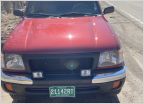 5280 Build Thread
5280 Build Thread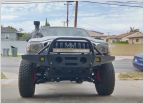 Daily Driver Build
Daily Driver Build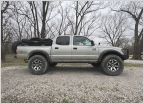 JTFisherman's 2004 DC
JTFisherman's 2004 DC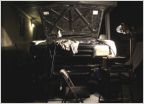 My Big Can of Worms Build
My Big Can of Worms Build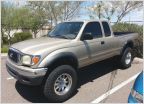 SDHQ Project Gold Member
SDHQ Project Gold Member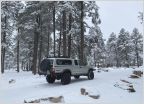 LFaub's 4x4 conversion/camper build
LFaub's 4x4 conversion/camper build






































